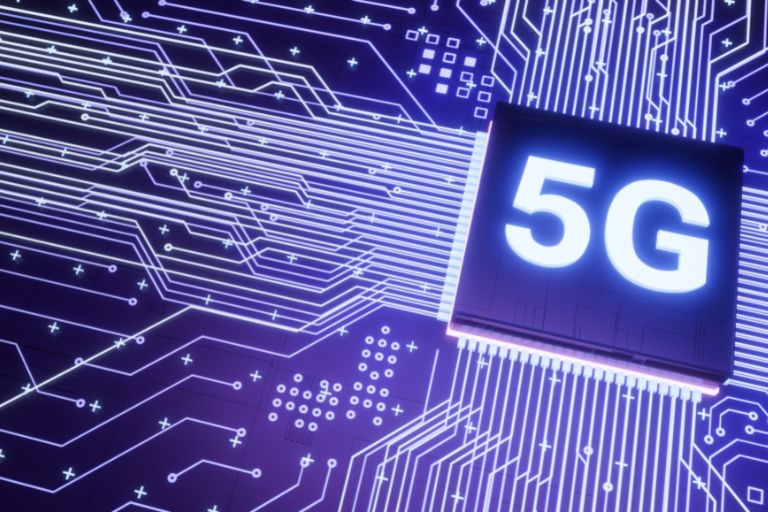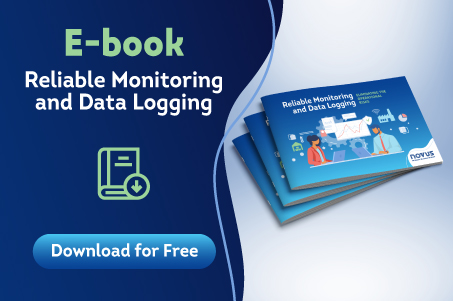5G in IoT products: Necessity or luxury?
In the last few years, 5G technology has been the protagonist in several marketing campaigns, mainly from mobile operators. With the promise of high-speed data, it is understandable that everyone is interested in a technology that improves the usability of smartphones and allows some applications that were previously unrealistic.
However, this doesn’t seem to make much difference for the IoT (Internet of Things). Especially if we are monitoring relatively slow variables such as temperature or relative humidity. These applications typically send few data periodically, and in many cases use hardware with power (battery-powered) and cost limitations.
Does this mean that products for the IoT market will not enter the “5G world”? No!
The 5G standard in IoT products
The 5G standard, as conceived by 3GPP (www.3gpp.org), is supposed to be prepared for three major families:
- Enhanced Mobile Broadband (eMBB): This includes improvements for applications with smartphones and similar. Due to profitability and market pressure, it has been the priority for the 5G rollout.
- Ultra Reliable Low Latency Communications (uRLLC): Enables applications such as autonomous vehicles.
- Massive Machine Type Communications (mMTC): Accepts the connection of thousands of devices in a relatively small area, such as typical IoT applications.
Along with 4G (LTE – long term evolution) came the NB-IoT (narrow-band IoT) and LTE-M or LTE Cat-M (LTE-based Machine Type Communications) standards. These are intended to provide long range and low power consumption, although with low bandwidth for data. These standards are already being used worldwide in several applications.
The good news is that, through mMTC, 5G tends to support both standards! That is, products that use NB-IoT or LTE Cat-M technology will automatically be supported by 5G technology.
The other good news is that the cost of these technologies, either in hardware or monthly plan, is much lower than a “standard” 5G plan.
This ensures those using products with NB-IoT or LTE Cat-M that the technology will have sufficient longevity for their applications.
For those who question the presence of 5G in the product, note whether the real need is for high speed, high bandwidth, and low latency or whether it is just a marketing tool. If it is just marketing, they can rest assured that products with NB-IoT and LTE Cat-M technologies are 5G compatible.
Article written by Sandro Rafael dos Santos, NOVUS Director of Research & Development.
Related articles:
The SILICON BOX Program: NOVUS’ sandbox
IoT in Refrigeration: Trends in automation
How to calculate my factory OEE? With our spreadsheet, it’s simple!

















